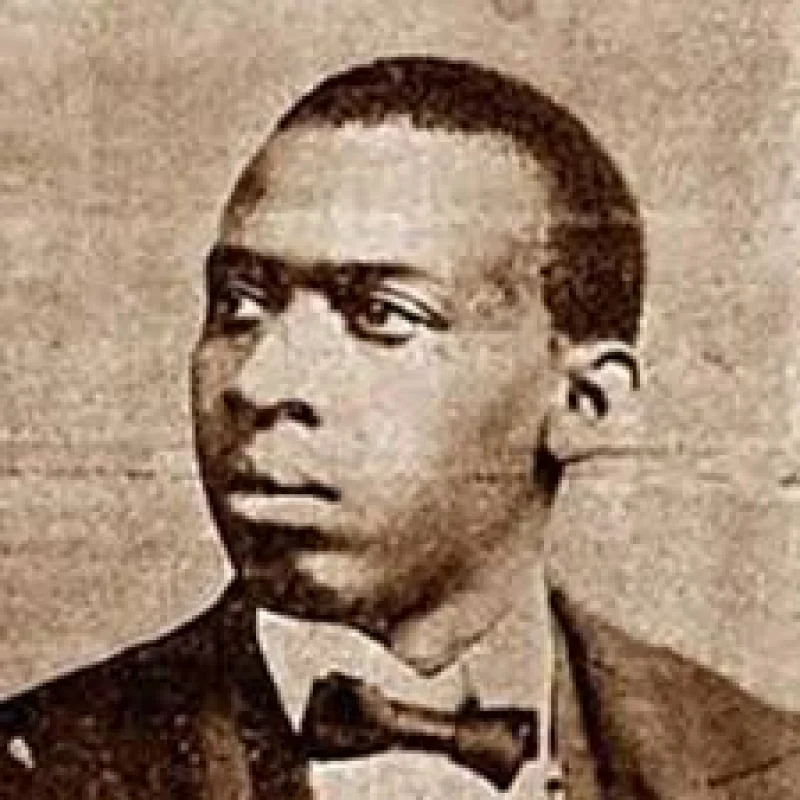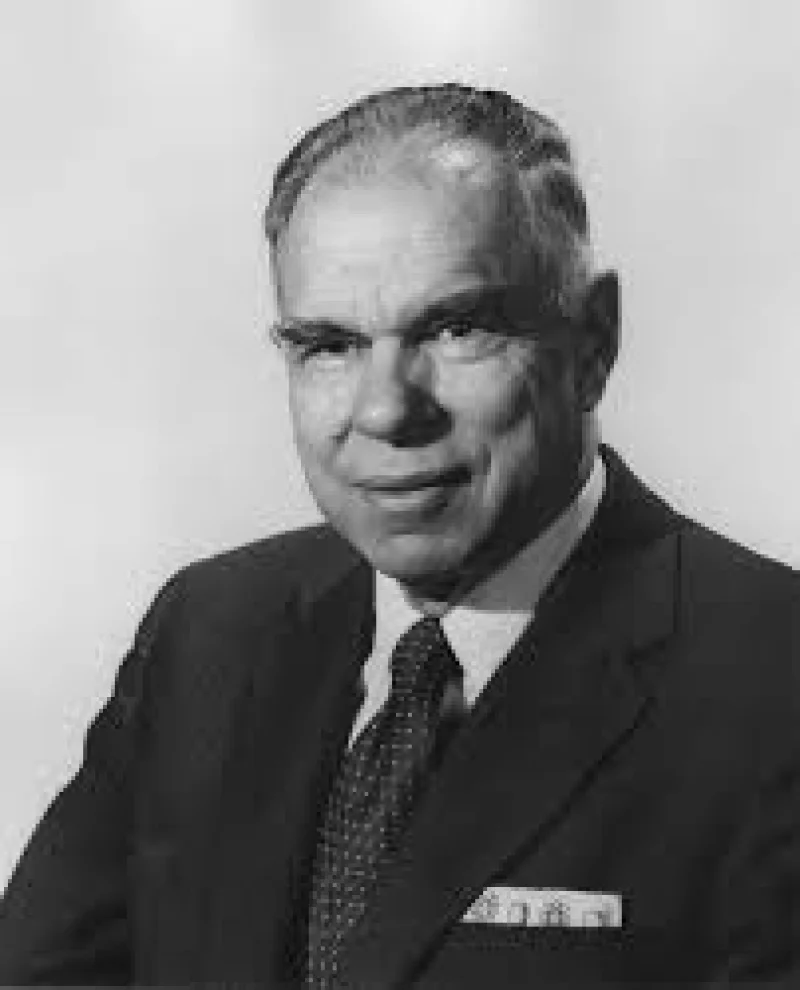Short Summary
Inge Lehmann was a pioneering Danish seismologist renowned for her groundbreaking discovery of the Earth's inner core. Her work fundamentally changed the scientific understanding of the Earth's interior. Lehmann's contributions to seismology have been pivotal, particularly her identification of seismic waves that suggested the existence of a solid inner core. Her insights continue to influence geophysical research and have cemented her legacy as one of the foremost figures in her field.
Early Life & Education
Inge Lehmann was born on May 13, 1888, in Copenhagen, Denmark. She was brought up in an intellectually stimulating environment, as her father, Alfred Lehmann, was an experimental psychologist. Her early education was at a progressive school led by Hanna Adler, a significant influence who encouraged scientific inquiry. Lehmann later attended the University of Copenhagen and the University of Cambridge, where she studied mathematics. Her academic journey was marked by perseverance, particularly in overcoming gender-based barriers in science during the early 20th century.
Career Highlights
Lehmann began her career working as a statistician before transitioning into seismology. In 1928, she became the chief of the seismology department at the Geodetical Institute of Denmark. Her most notable contribution came in 1936 when she interpreted seismic wave data to propose the existence of the Earth's solid inner core, a theory that challenged the prevailing scientific view of the time. Lehmann's career was marked by numerous collaborations with international seismology organizations, and she continued to make significant contributions to the field well into her later years.
Major Achievements
- Discovery of the Earth's inner core: In 1936, she proposed the existence of a solid inner core distinct from the liquid outer core.
- Lehmann Discontinuity: Identified a seismic discontinuity at depths of about 220 km, known as the Lehmann Discontinuity.
- Awarded the William Bowie Medal: Received in 1971, this medal is the highest honor of the American Geophysical Union.
- Elected Fellow of the Royal Society: Recognized for her significant contributions to seismology.
Famous Quotes
- "You should know how many incompetent men I had to compete with—in vain."
- "No one may feel more deeply the impelling force to the scientific research than the seeker after the truth himself."
Interesting Facts
- Lehmann's discovery of the Earth's inner core was initially met with skepticism but later confirmed by more advanced technology.
- She worked with the Danish Geodetical Institute for nearly 30 years.
- Lehmann lived to the age of 104, passing away in 1993.
- She was one of the few women in the early 20th century to break into the field of seismology.
- An asteroid, 5632 Ingelehmann, is named in her honor.
Legacy / Influence
Inge Lehmann's discovery of the Earth's inner core has had a profound and lasting impact on the field of seismology. Her work laid the foundation for future research into the Earth's composition and dynamics. She is celebrated for her methodological precision and her ability to challenge existing scientific paradigms. Her legacy endures in the ongoing exploration of Earth's interior and the recognition of women in science.
FAQ
Q: Why is Inge Lehmann famous?
A: She is famous for discovering the Earth's solid inner core based on her interpretation of seismic data.
Q: What was Inge Lehmann's most significant contribution?
A: Her most significant contribution was the discovery of the Earth's inner core in 1936.
Q: What awards did Inge Lehmann receive?
A: She received several prestigious awards, including the William Bowie Medal and was elected a Fellow of the Royal Society.












